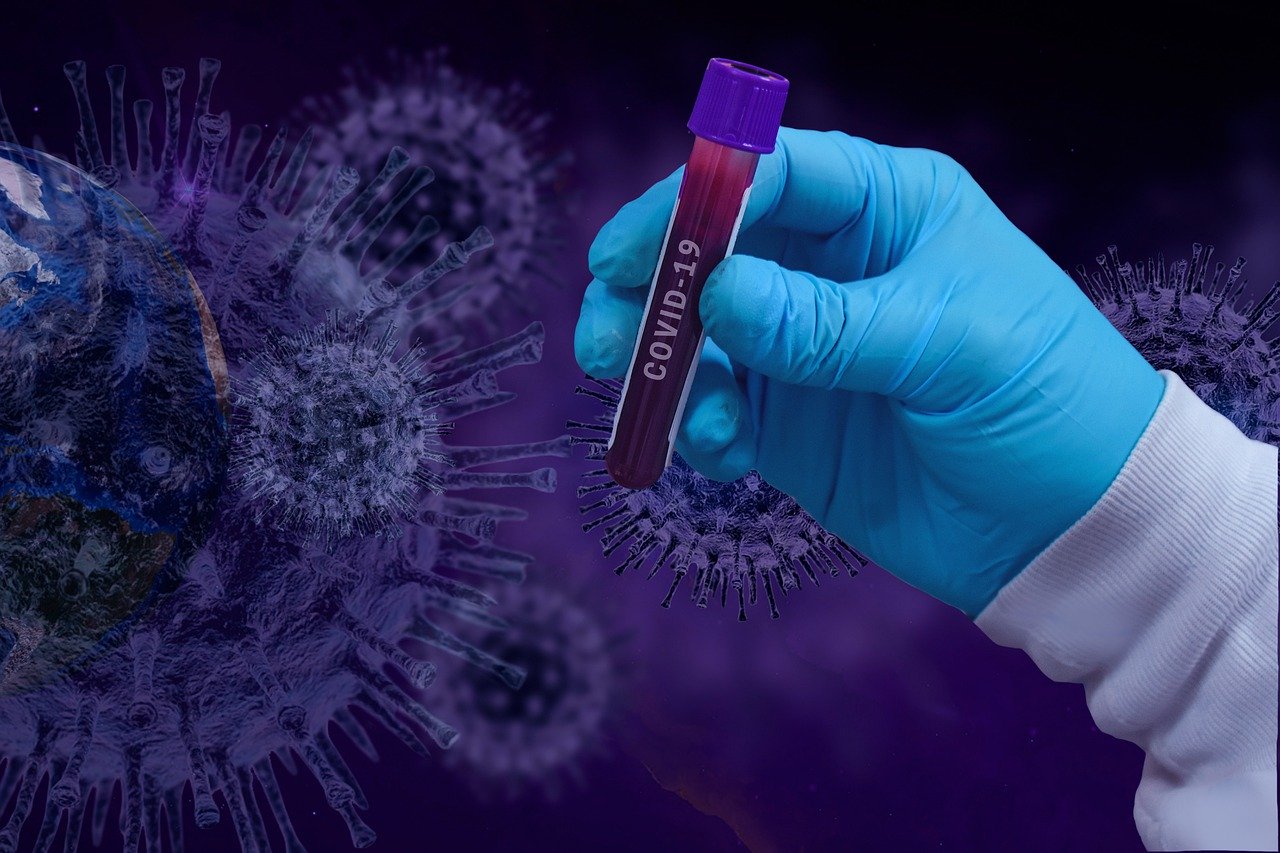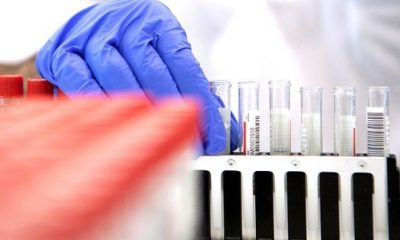While rapid diagnostic test kits for COVID-19 have been available since last year, point-of-care diagnostic tests for the virus and its variants have been nonexistent, for the most part. But a group of experts is about to change that with the development of a new at-home COVID testing device that can detect specific variants of the virus in just one hour.
Collective Effort Births miSHERLOCK
Researchers at Harvard University’ Wyss Institute for Biologically Inspired Engineering, the Massachusetts Institute of Technology (MIT), and several Boston-area hospitals, have created through a collective effort a device that is capable of detecting and identifying COVID-19 variants in human saliva.
The device, which they have decided to call Minimally Instrumented SHERLOCK or miSHERLOCK, makes use of CRISPR (clusters of regularly interspaced short palindromic repeats), a technology that is capable of editing genetic material. So far, miSHERLOCK can detect three strains of SARS-CoV-2, but it can also be altered to detect additional variants, including the Delta strain that is wreaking havoc in many countries at present, according to the Harvard Gazette.
The new diagnostic instrument is cost-effective as it can be easily assembled using a 3D printer and other commonly available parts for only $15. Interestingly, the publication said that when recycled hardware is used, the cost per assay could drop to $6.
How The At-Home System Works
As an at-home device, miSHERLOCK is easy to use as it only requires saliva samples. Users need to put around 4 ml of saliva into the sample preparation chamber, along with 40 μl of 1 M DTT and 500 mM EGTA lysis buffer. By means of gravity, the saliva will pass through a PES membrane that concentrates the viral RNA in the sample.
The next step involves transferring the flow columns into a reaction chamber before the plunger cover is depressed to release the PES membrane and the stored water in freeze-dried, one-pot SHERLOCK reaction pellets. After 55 minutes, users can visualize the result using a smartphone app that’s designed to quantify the fluorescent output of the resulting product. The app will also be the one to show the automated result interpretation, as stated in the diagram included in the researchers’ study, which was published in the peer-reviewed journal Science Advances.
“Our goal was to create an entirely self-contained diagnostic that requires no other equipment. Essentially the patient spits into this device, and then you push down a plunger and you get an answer an hour later,” Xiao Tan, a clinical fellow at the Wyss Institute and one of the study’s lead authors, was quoted as saying by MIT News.
Unfortunately, when the researchers were still developing miSHERLOCK, the Delta variant was still not as widespread. Hence, they have not created a module for the strain yet. However, they did say that the system can be easily programmed to monitor new mutations, so it’s only a matter of time until they can come up with a module specifically for the Delta variant.
miSHERLOCK’s Relevance At Present
The creation of miSHERLOCK comes at a very opportune time as testing for specific variants of COVID-19 is mostly inaccessible to many people. The inaccessibility is causing delays in tracking cases and responding to the emergence of new variants around the world, as per the Jerusalem Post.
And, of course, there is the obvious advantage that comes with miSHERLOCK being an at-home device. Patients can easily identify the strain that they have contracted, and their doctors can readily provide a treatment plan for their condition, without having to send samples to testing facilities and wait for days for results to come back.
“miSHERLOCK eliminates the need to transport patient samples to a centralized testing location and greatly simplifies the sample preparation steps, giving patients and doctors a faster, more accurate picture of individual and community health, which is critical during an evolving pandemic,” Helena de Puig, the study’s co-first author and a postdoctoral fellow at the Wyss Institute, said.
















